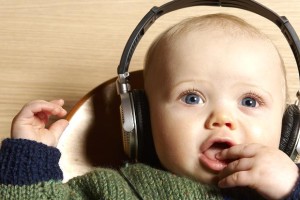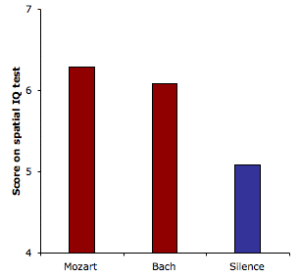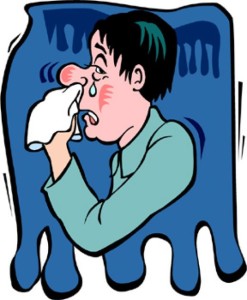As I was driving back home to New Jersey this weekend, I passed a sign that said “Bagels”. And it got me thinking, why were bagels at home in New Jersey and New York City. Anywhere else but those two states you will find bagels that are flat, dry and just not half as good as they are in NJ and NYC. So why?
Some say that its the water that makes these bagels so great. The water in New York City comes from the Catskill Mountains which is about 130 miles away from the city. The water from these mountains is referred to as “soft”- it has low concentrations of magnesium and calcium. However if this were the case- that the water is what makes these bagels so great, than why aren’t all bagels across the country this good? This water would be really easy to replicate in places like Boston where the water is even softer, but my roommate who is from Boston has told me that my bagels are in fact better. In fact which disproves this theory even more is a chain of stores called Brooklyn Water Bagels, which has locations throughout the United States. Many New Yorkers have gone to the chains ready to say that the bagels aren’t the same, however the company’s founder says “Every New Yorker that ever walked in here walked in here with that smug arrogance, which I love, and said to me yeah, sure, sure… it’s all about the water. Give me a bagel, ok? Invariably, 99 times out of a hundred that person will get back in line and… they apologize, they get it, they can’t believe it”. While there is most likely a confirmation bias and a possible file drawer problem with that statement, if the water didn’t make a difference and these bagels weren’t as good as they are in the City and NJ, then this chain would not be open throughout the country.
NPR wrote a piece on how it could be the process of how bagels are made. Yes the water does play a role with how the bagels taste and their texture, but its really the process of boiling the bagels and then baking them that makes the difference. Watch this video for a more in depth description of the process.
Now this theory makes much more sense to me. Nowadays many people are lazy and don’t have the time to make dough ahead of time and let it sit in coolers and then boil it. This also makes more sense scientifically, with the reaction of the calcium and magnesium in reaction to the yeast. As the NPR article states ” bagels are baked in a hot oven that is also injected with steam”. This steam will gelatinize the outside as well as adds more shine and color to the bagel- but you won’t get that same chewiness that you get from when you boil a bagel.
So when you get down to the science of it, when bagels are boiled a chemical reaction begins between the inside of a bagel (the yeast) and the water (which holds the perfect amounts of calcium and magnesium). These bagels would be very easy to replicate but many people just don’t want to waste their time. People always told me that I would miss my bagels from home the most and it is so true, if only Irving’s would get their hands on these great tips and recipes.

 In order to counteract this, hormone therapy is used which can lower or block the amount of hormones reaching the tumor. This slows down and can potentially stop tumor growth. This becomes really problematic though for those who have
In order to counteract this, hormone therapy is used which can lower or block the amount of hormones reaching the tumor. This slows down and can potentially stop tumor growth. This becomes really problematic though for those who have  testing. In 2014 an article by
testing. In 2014 an article by 
 dy, but maybe that was because I was laying on a comfy massage table with my eyes closed for over an hour. It might have been confirmation bias for me because I would really love for it to work for me. But who knows, after all Reiki is a very spiritual matter so it is really hard to judge.
dy, but maybe that was because I was laying on a comfy massage table with my eyes closed for over an hour. It might have been confirmation bias for me because I would really love for it to work for me. But who knows, after all Reiki is a very spiritual matter so it is really hard to judge. delays in speech and language.” This connection however was found through correlation, not an experiment. The
delays in speech and language.” This connection however was found through correlation, not an experiment. The 
 cademy of Otolaryngology- Head and Neck Surgery
cademy of Otolaryngology- Head and Neck Surgery
 m Mozart music, from before birth to ages 8-10. In the book there is no clear conclusion drawn. This is probably because holding an experiment where you could potentially be inebriating a child from learning/getting smarter is unethical. Intelligence cannot be proven because as children get older, they also get smarter. Though you could compare the IQ’s of the children in a control group to the experimental group.
m Mozart music, from before birth to ages 8-10. In the book there is no clear conclusion drawn. This is probably because holding an experiment where you could potentially be inebriating a child from learning/getting smarter is unethical. Intelligence cannot be proven because as children get older, they also get smarter. Though you could compare the IQ’s of the children in a control group to the experimental group.









